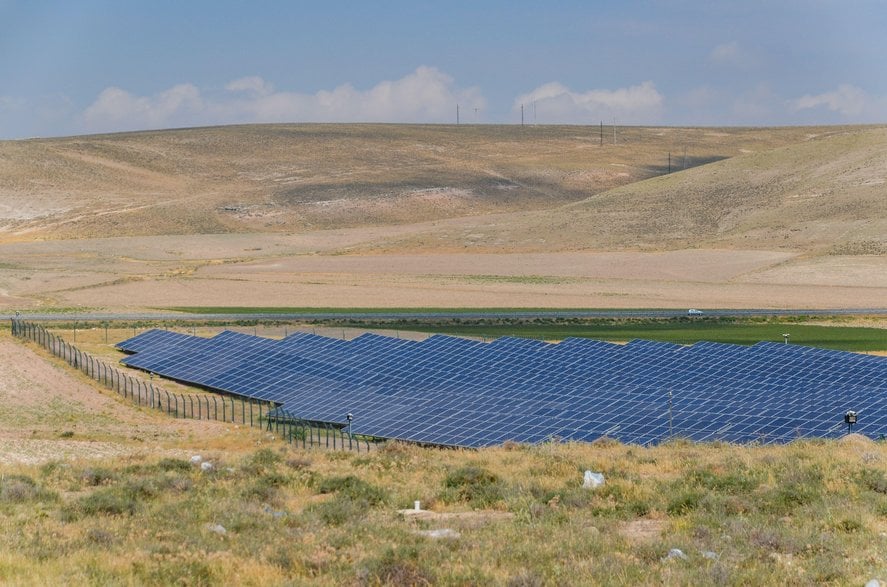Conclusion
An accelerator year for the EU’s transition to clean power
There is no doubt that 2022 was an extremely challenging year for the EU. Russia’s invasion of Ukraine created massive shockwaves and caused an unprecedented energy crisis, which in turn fuelled a crippling hike in living costs. One outcome has been a rush to cut dependence on Russian fossil fuel imports.
This can only be achieved through an accelerated clean energy transition. It became abundantly clear that fossil fuels are not the solution. Instead, they cause skyrocketing electricity prices and energy insecurity. Coal power did increase year-on-year, but this was due to hydro and nuclear issues rather than any appetite to revitalise the role of coal. Some coal-fired units may have been placed on standby for the winter but this is a short-term, emergency measure, resulting in minimal generation. The anticipated coal resurgence failed to materialise and current high stock levels will limit coal import requirements for 2023. Europe’s coal phase-out is well and truly still alive.
Electricity demand dropped significantly in the fourth quarter of 2022 due to both mandated and voluntary energy savings and mild weather. However, we do not know how long this will last and, ultimately, the transition will increase electricity demand. This higher consumption must be met through renewable energy sources.
So it is extremely encouraging that 2022 saw record generation and capacity additions for wind and solar. Both played a critical role in mitigating the impact of the energy crisis— from a financial, security and climate perspective—with solar leading the charge. And the outlook is even brighter with acknowledgement that even more ambitious targets are achievable over the coming years.
The transition will gain even more momentum in 2023 and beyond. It is not only necessary but inevitable. The EU must now step up to ensure the right policies, investments and infrastructure are in place to enable this.
Related Content




